Frozen Shoulder
Anthony Egizi, DPT
Clinic Manager – Chippewa, MO

Frozen shoulder occurs when the tissue around the shoulder joint (glenohumeral joint) tightens causing pain and restriction of the shoulder. If you notice that your shoulder is painful with all movements and the range of motion begins to decrease it is time to get it looked at by your doctor so you can get started with Physical Therapy.
Who is at risk for getting a frozen shoulder? For starters, people who have injured their shoulder and are unable to move it for a lengthy period of time; also, those who have diabetes, thyroid disease, individuals between the ages of 40-65, or previous episodes in the other shoulder are higher at risk for frozen shoulder. If it is determined that you have had frozen shoulder and your doctor provides you with a prescription for Physical Therapy, treatment will be focused on regaining full function of the affected arm.
What can you expect during the clinical course of dysfunction?
Frozen shoulder progresses through 4 stages
1. Early Stage: symptoms consist of sharp pain at end range, achy at rest, and sleep disturbance. Early loss of external rotation with intact rotator cuff may be seen at this time. This is the hallmark sign of frozen shoulder. This stage may last up to 3 months after onset.
2. Freezing Stage: symptoms consist of gradual decrease in range of motion in all direction due to pain. This stage can last for 3-9 months after onset.
3. Frozen Stage: This stage has loss of range of motion and pain. Will last for 9-15 months after onset of symptoms.
4. Thawing Stage: Pain decreases but can still have ongoing stiffness in the shoulder. Will last for 12-18 after onset of symptoms.
What should you expect at Physical Therapy?
1. A comprehensive examination that consist of ROM measurements that include passive and active motions. All planes well be restricted so precise measurement is key to determine progression through stages. Patient education is key on the stages so expectations of recovery time are understood.
2. Modalities may be used to reduce pain and improve ROM. Common modalities used include ultrasound and electrical stimulation. Your Physical Therapist will choose what is most appropriate at that time.
3. Joint mobilizations may be utilized to help decrease pain and increase ROM to improve function.
4. Stretching is utilized to help with decreasing pain and increasing ROM. Self-guided stretching may be done or hands on treatment from your PT may be indicated.
5. Other treatments that may come from your Physician may include joint manipulation under anesthesia and use of corticosteroids.
